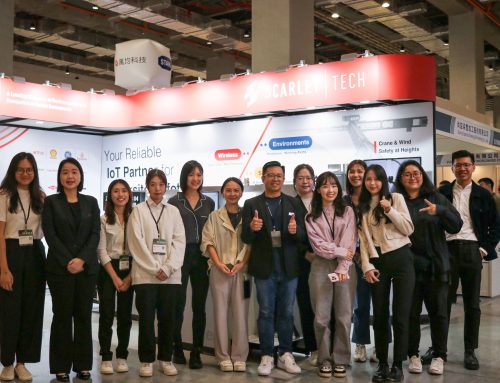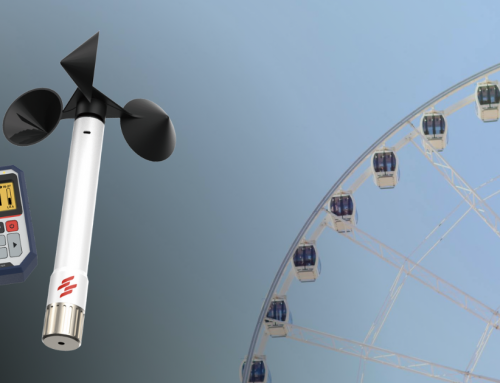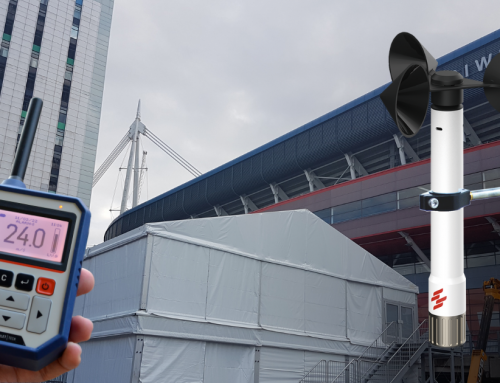Last Updated on
Abu Dhabi: A recently introduced heat stress measure will be used more widely across the emirate of Abu Dhabi this summer, senior health officials announced in the capital.
The measure, known as the Thermal Work Limit (TWL), gauges factors that affect the human body’s ability to cool down, and guides the protection of workers in high temperatures and harsh working conditions, said Darren Joubert, senior officer for occupational health, safety and environment at the Health Authority Abu Dhabi (HAAD).
“Calculating and managing work according to the TWL is now required by the emirate’s Environment, Health and Safety Management System (EHSMS). The HAAD has also developed an online tool that enables TWL measurement,” Joubert told Gulf News.
He was speaking on the sidelines of a conference to launch the HAAD’s ‘Safety in Heat’ program, which seeks to create awareness about the risks of heat for all outdoor workers in the emirate. It also provides guidelines and educational materials to aid heat safety and protection.
Joubert explained that the TWL measure, which yields a single number, combines factors like air temperature, evaporation rate, radiant heat and wind speed. The lower the number, the harsher the working environment.
“Each of these factors in the TWL affects how quickly the human body can cool down by sweat evaporation. For example, if the humidity is high, the evaporation rate falls, thus lowering the TWL,” he said.
Depending on the TWL, there is a recommended schedule for work, rest and hydration. At a TWL below 115 for instance, the conditions are deemed harsh, and workers must drink 1.2 litres of water per hour. Light work can continue for 45 minutes, with 15 minutes of rest, while heavy work must only be undertaken for 20 minutes, with 40 minutes of rest.
In 2012, the TWL was first incorporated into the EHSMS, which is managed by the Abu Dhabi Environment, Health and Safety Centre. This year, these EHSMS guidelines have been updated, and sector regulatory authorities will implement them across 10 sectors in the emirate, including transport, construction, manufacturing, agriculture, education, waste management, energy, tourism and health.
“Few people understood how to measure the TWL when it was introduced, and even fewer had the instruments to measure it,” Joubert said.
An online tool by the HAAD now allows personnel to enter the required parameters to get an estimate of the TWL. They can also purchase instruments from a few companies, and information about these is available at the HAAD.
HAAD officials also announced at the conference that no heat-related deaths or fatal injuries had been recorded in Abu Dhabi in 2012.
“We do not, however, know which companies need to improve their working in heat practices. A HAAD system introduced earlier this year does require all health-care facilities to report injuries, and we will soon gain a better idea of this. Based on the information, the HAAD will direct companies on how to improve their working practices,” Joubert said.
Currently, nearly 1,859 companies are registered in the HAAD’s Safety in Heat program, which was introduced in 2009. Its guidelines have reached more than 21,000 worksites in the emirate, and nearly three million workers have been educated about how to protect themselves from heat exhaustion and stress.
The HAAD also received feedback from a number of companies about the benefits of the program. Real estate developer Aldar Properties recorded a 79.5 per cent decrease in heat-related treatment and emergency cases since the initiative was implemented. The Arabian Construction Company also reported a 50 per cent decrease in cases of heat-related illness that required hospital treatment.






